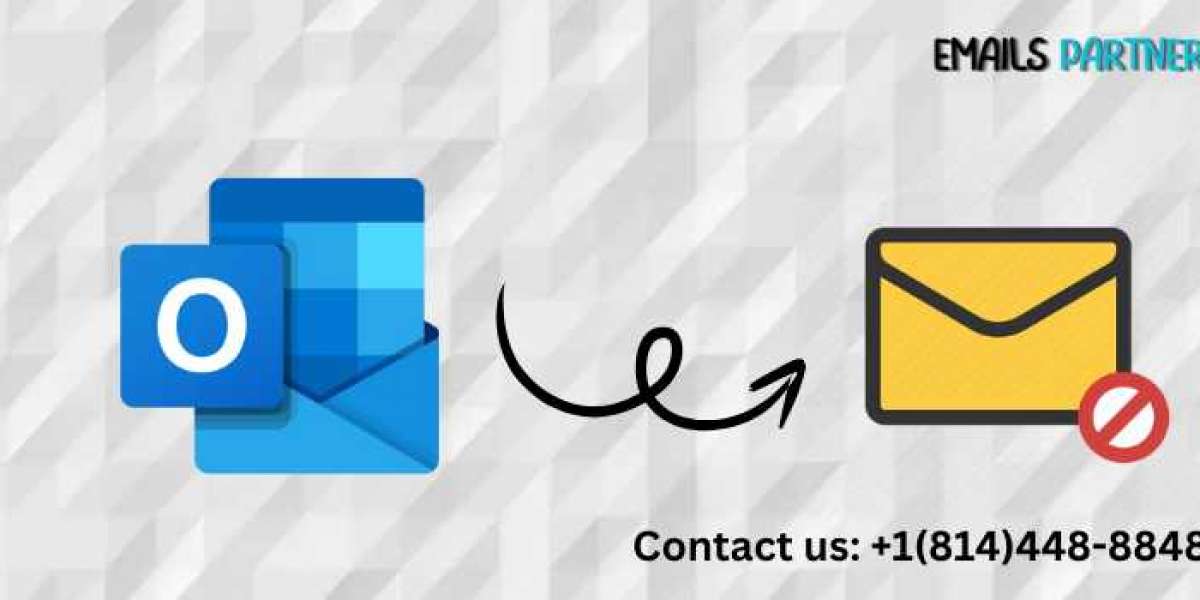Sending an email prematurely or with errors is a common mistake that can leave many professionals and individuals scrambling for solutions. If you’ve ever wished to undo a sent email, Microsoft Outlook offers a helpful feature for just that. Understanding how to unsend an email in Outlook can save you from potential embarrassment and maintain your professionalism. In this article, we’ll explore how you can recall or unsend an email using Outlook, the conditions that must be met, and alternative strategies to minimize future errors.
Understanding the Recall Feature in Outlook
The email recall feature in Microsoft Outlook is designed to retrieve a message you’ve sent to the wrong recipient, or one that contains errors, provided certain conditions are met. This feature is only available when:
- Both you and the recipient are using Microsoft Outlook with Microsoft Exchange Server.
- The recipient has not yet opened the email.
- The email is in the recipient's inbox and not moved to any other folder.
Understanding these prerequisites is essential to know whether recalling an email is feasible in your situation.
Steps to Unsend an Email in Outlook
If you meet the above criteria, follow these steps to recall an email in Outlook:
1. Open the Sent Email
Navigate to the Sent Items folder in Outlook and locate the email you wish to unsend. Double-click the email to open it in a new window.
2. Access the Recall Feature
- Click on the File tab at the top of the screen.
- Select Info and then click on Resend or Recall.
- From the drop-down menu, choose Recall This Message.
3. Choose a Recall Option
Outlook provides two options:
- Delete Unread Copies of This Message: This will remove the email from the recipient’s inbox entirely if it hasn’t been read.
- Delete Unread Copies and Replace With a New Message: This allows you to replace the original email with a corrected version.
4. Confirm Your Action
After selecting the desired option, click OK. Outlook will attempt to recall the email.
5. Check the Recall Status
You’ll receive an email notification indicating whether the recall was successful or not. The outcome depends on whether the recipient opened the email or moved it to another folder before the recall was processed.
When Email Recall is Not Possible
Despite its usefulness, the recall feature is limited. Here are some scenarios where recalling an email might not work:
- The Recipient Opens the Email: Once the email has been read, it cannot be recalled.
- Recipient Uses a Different Email Client: If the recipient is using Gmail, Yahoo, or another platform, the recall feature will fail.
- Email Moved to a Different Folder: Emails moved out of the inbox cannot be retrieved.
In such cases, other strategies might be necessary to address the situation.
Alternatives to Recalling an Email
When recalling an email is not possible, consider these alternatives:
1. Follow Up With a Corrective Email
Send a follow-up email to clarify or correct any mistakes. Be concise, professional, and apologetic if necessary.
2. Enable Delay Delivery
Outlook offers a Delay Delivery feature, allowing you to schedule emails for future sending. This gives you time to review and make corrections before the email is sent. To enable this:
- Compose your email.
- Click on Options in the toolbar and select Delay Delivery.
- Set the desired delivery time and click Close.
3. Use Encryption or Permissions
For sensitive information, use Outlook’s encryption or permission settings to control who can view or forward the email.
Tips to Avoid Email Errors in the Future
While knowing how to unsend an email in Outlook is useful, prevention is always better than cure. Here are some tips to avoid errors:
1. Proofread Thoroughly
Always review your email for grammar, spelling, and factual accuracy before hitting send.
2. Double-Check Recipients
Ensure you’re sending the email to the correct person or group by reviewing the “To,” “Cc,” and “Bcc” fields.
3. Use Drafts for Complex Emails
For important or complex messages, save the email as a draft and revisit it after some time to review with a fresh perspective.
4. Enable Notifications for Recalls
Outlook allows you to enable notifications for recalls, helping you monitor the process and understand when it fails.
Conclusion
Understanding how to unsend an email in Outlook can help mitigate the consequences of common email errors. While the recall feature is a powerful tool, it has its limitations, making preventive strategies equally important. By leveraging Outlook’s features like Delay Delivery and following best practices for email management, you can reduce the likelihood of errors and maintain professional communication standards.







